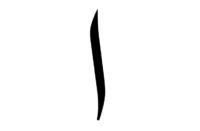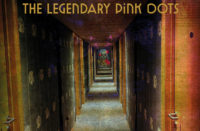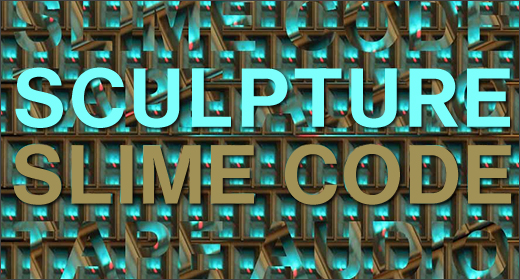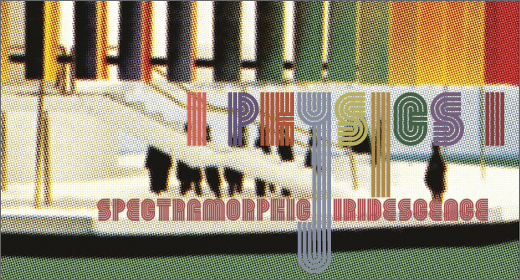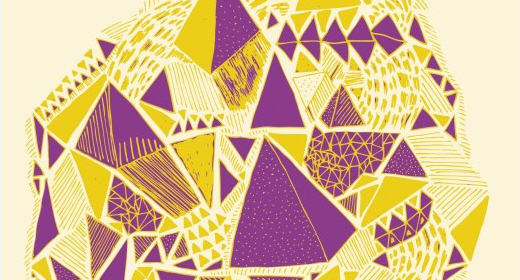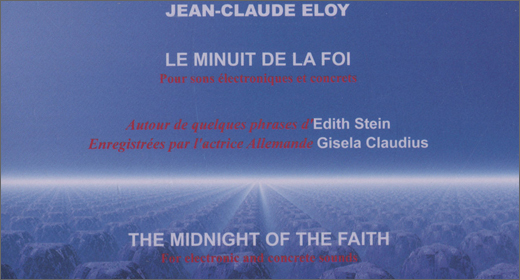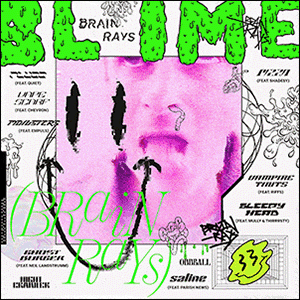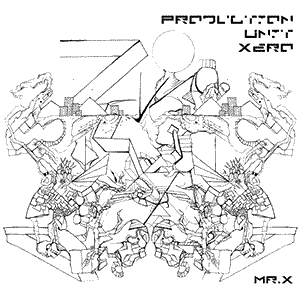At first glance you might be expecting another analogue synth-fest, well, nothing could be further from the truth as Heliograms was apparently one of the first albums to be recorded almost entirely using digital and computer equipment, the exception being the necessary analogue mastering.
 [Release page] After the fictional tapestry depicting the supposed provenance of Jürgen Müller’s Science of the Sea was torn down to reveal the grinning face of prolific synth-weaver Norm Chambers aka Panabrite, the announcement by Digitalis Industries of the release of another long-lost gem, along with accompanying techno-blurb and suspiciously detailed history was greeted with a certain amount of suspicion. Pull the other one Brad, it’s got bells on it!
[Release page] After the fictional tapestry depicting the supposed provenance of Jürgen Müller’s Science of the Sea was torn down to reveal the grinning face of prolific synth-weaver Norm Chambers aka Panabrite, the announcement by Digitalis Industries of the release of another long-lost gem, along with accompanying techno-blurb and suspiciously detailed history was greeted with a certain amount of suspicion. Pull the other one Brad, it’s got bells on it!
In the case of Heliograms, however, it turns out to be one hundred percent true; composer, video artist and academic Jean Piché being a known quantity in the electroacoustic and computer music scene. The album was originally released by a small Canadian label called Melbourne, but with only a few (mostly classical) albums under its belt it declared bankruptcy right after the release of Heliograms, sending it quietly into the annals of obscurity. Furthermore, if at first glance you might be expecting another analogue synth-fest, well, nothing could be further from the truth as Heliograms was apparently one of the first albums to be recorded almost entirely using digital and computer equipment, the exception being the necessary analogue mastering.
Recorded between 1977 and 1980, the techniques and devices used to create Heliograms are a computer and muso-geek’s paradise. “La mer a l’aube” and “Heliograms” were synthesized on a wardrobe-sized Hewlett Packard 2116 mini-computer, “Rouge” on a Varian-V70 mini-mainframe and “Ange” on a Systems Concept Digital Synthesizer (more commonly known as a Samson Box), all using Barry Truax’s POD Interactive Compositional System. It’s all very worthy, academic stuff, but fortunately Heliograms is anything but stuffy, impenetrable or chin-stroking.
In fact it has been a long time since I’ve heard anything as striking as the opening moments of “Ange,” a whooshing evacuation of air into the damp chill of extreme low pressure, high-altitude skies. The glinting, still sheen of impossibly densely layered and tightly packed pads and the mournful, but angelic intoned female vocals perfectly embody the image on the album’s cover of an aircraft wing obscuring distant cloud banks viewed from high above through a small window. It is quite simply breathtaking, a perfect slice of cool ambient music which deserves greater recognition.
“La Mer A L’Aube” most effectively reflects its computer-based origins with its sheer, phasing and slicing pads possessed of a cold, metallic sheen and laser-cut precision, the jangling chimes one hundred percent man-made crystal. It becomes almost cacophonous in its latter minutes as the incredibly densely layered sounds refract off one another. “Rouge” more immediately betrays its period of origin, the chattering, mis-firing, out of control keys very much a product of the late seventies/early eighties, which wouldn’t sound out of place in a movie of the era with its gawky vision of a future filled with clunky robotics. But these later coalesce into more majestic, tense pads before melting seamlessly into the opening church organ drones of the title track. Digital piano keys just the right side of synthesized play across a glimmering, rippling surface of tremulus washes, and the organ drones blossom and bloom violently at irregular intervals. It has an almost classical structure, shifting between moments of solitude and stillness to towering, wall-of-noise crescendos ending in a warm zen garden filled with gently ringing electro-wind-chimes.
Heliograms may only contain four tracks but it contains forty-five minutes of computer-generated bliss and is actually worth the price of admission for the magnificent “Ange” alone. Another little gem from Digitalis.
Heliograms is available on Digitalis. [Release page]






